The missing piece in image scanning
Introduction In the dynamic landscape of cloud-native cybersecurity, image scanning has become essential to ensuring...
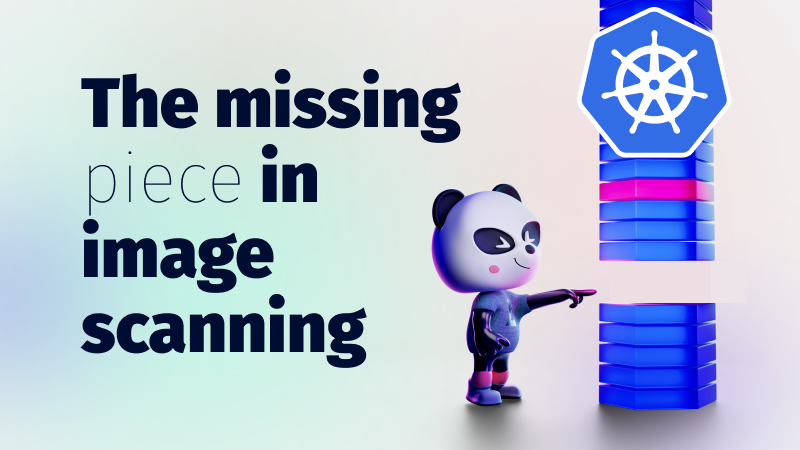
Introduction In the dynamic landscape of cloud-native cybersecurity, image scanning has become essential to ensuring...
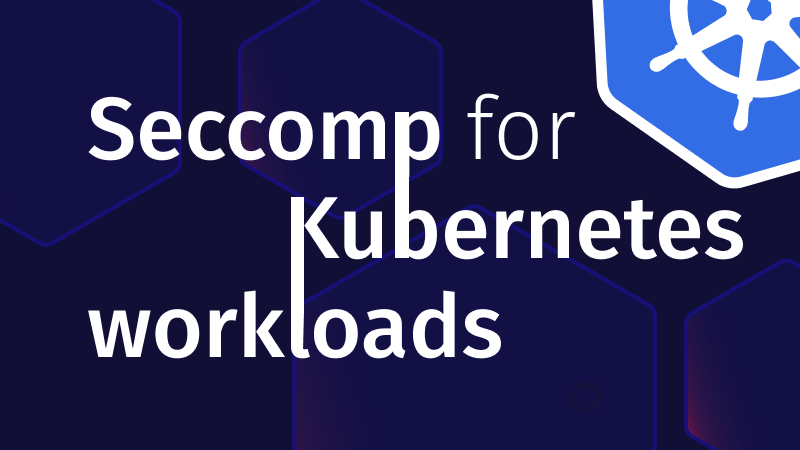
Seccomp in a nutshell Seccomp, short for Secure Computing Mode, is a security feature in...
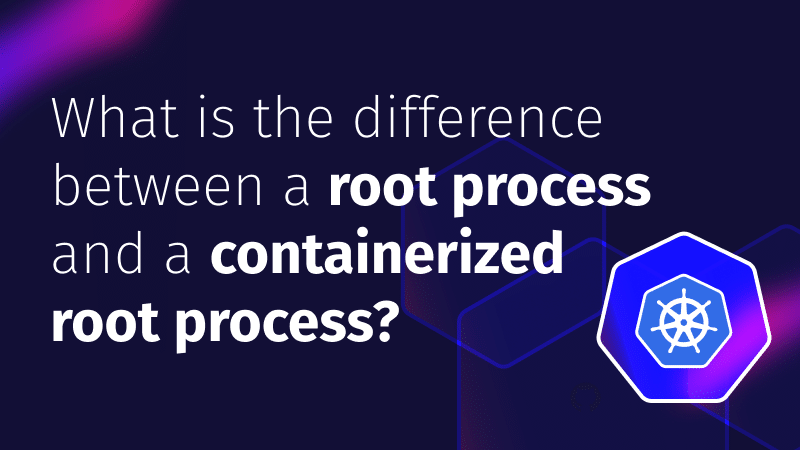
To answer this question, let’s first look at some history. Processes are software instances running...
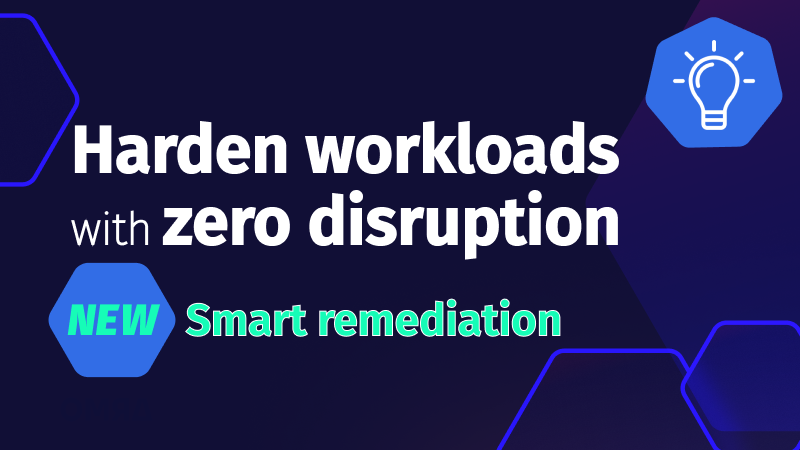
Secure Kubernetes environments without disrupting applications
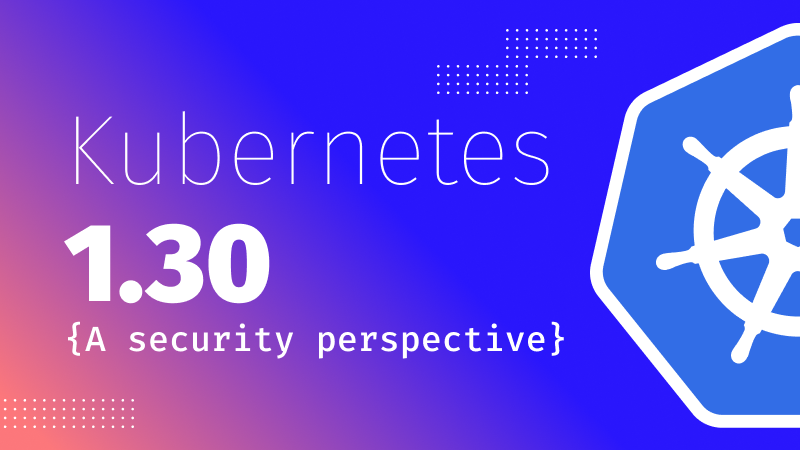
Kubernetes 1.30 marks a significant milestone in the evolution of the widely used orchestration platform,...
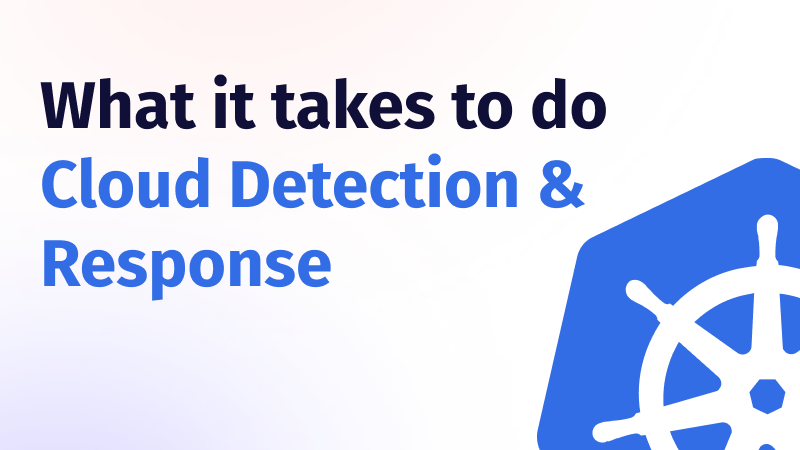
Why Current Solutions Fall Short in Cloud Detection & Response The shift to cloud has...

Seccomp, short for Secure Computing Mode, is a noteworthy tool offered by the Linux kernel....
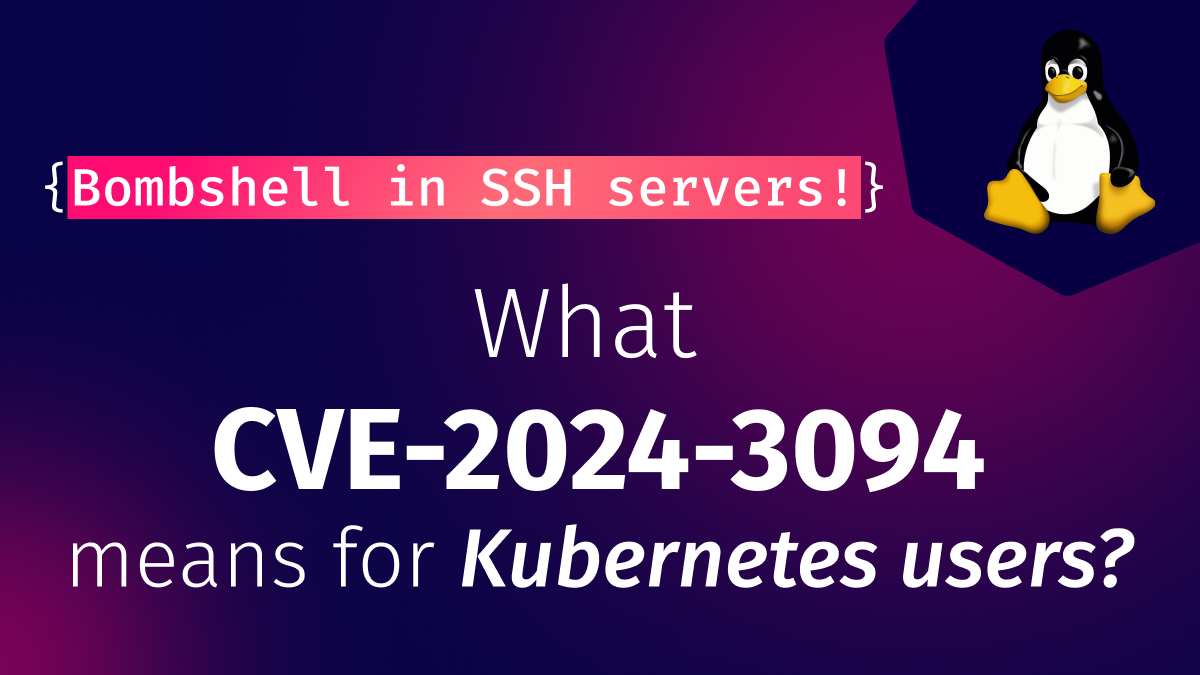
Read our update: Yet another reason why the xz backdoor is a sneaky b@$tard On...
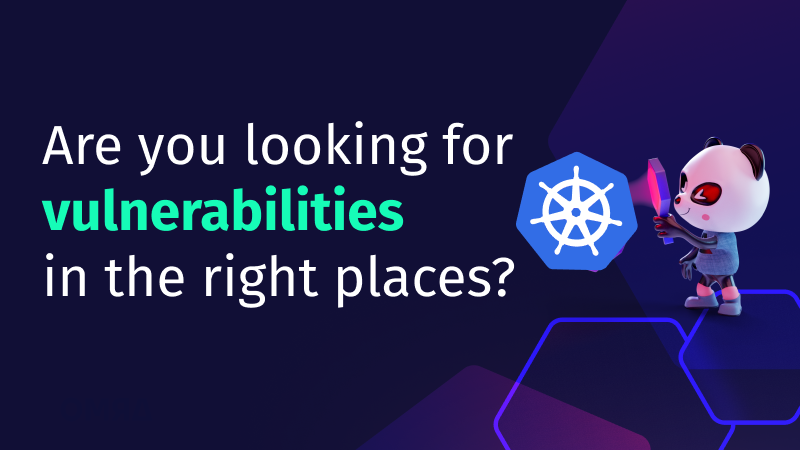
With the rapid pace of technological evolution, ensuring security within the systems we operate and...
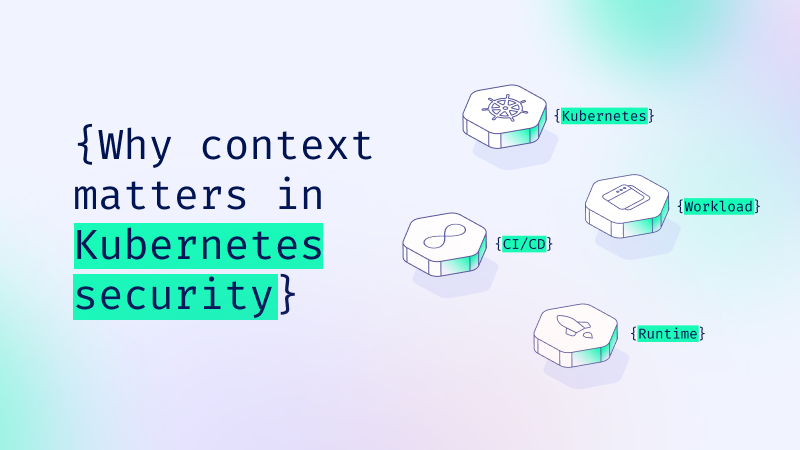
Background There are things in the world that are absolute, and there are things that...
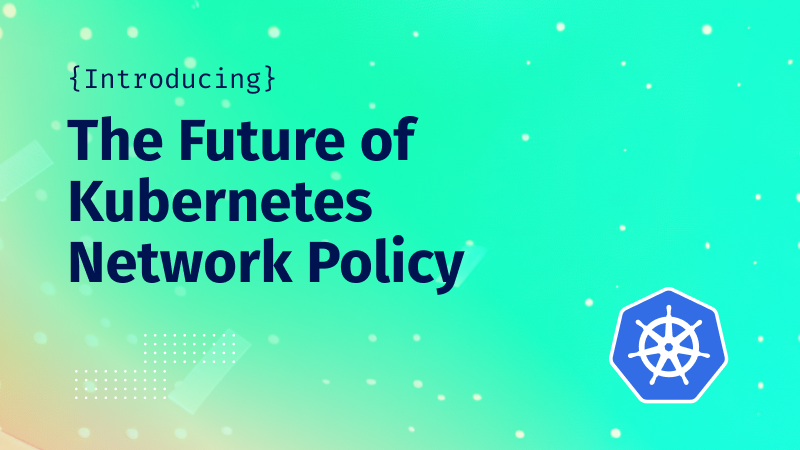
Introduction In the ever-changing world of Kubernetes security, it’s crucial to stay ahead of threats...
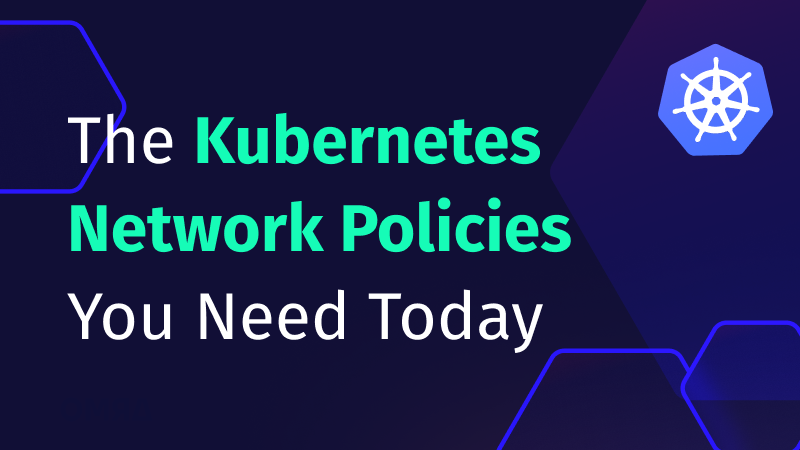
In the dynamic world of Kubernetes, container orchestration is just the tip of the iceberg....